Introduction to Cyber Security by Futurelearn
Learn the essentials of cyber security and build your skills to better protect your digital information from security threats.
Course Highlights
- Explain basic cyber security terminology; have skills for keeping up to date on cyber security issues; and be able to identify information assets.
- Describe basic authentication mechanisms; have skills to improve their password security; and be aware of alternative authentication methods.
- Identify main malware types; awareness of different malware propagation methods; and skills for preventing malware infections.
- Describe cryptography terminology; be able to use cryptography for email; be aware of applications of cryptography.
- Demonstrate understanding of firewalls, virtual private networks and network intrusion detection and prevention technologies.
- Describe legal and regulatory issues relating to cyber security; and understand how to recover from security failures.
- Apply basic risk analysis and management techniques.
Skills you will learn!
Curriculum
3 Topics
Online the new frontline
Understanding current threats
Securing my digital information
3 Topics
Who do they think you are?
Improving password security
It's not just what you know
3 Topics
Malware basics
How malware gets into your computer
Keeping malware at bay
3 Topics
How does the internet work?
Network security challenges
Role of standards
3 Topics
Cryptography basics
Putting cryptography to use
Cryptography in the wild
3 Topics
Protecting your data on the network
Keeping your secrets on the network
Detecting attacks
3 Topics
What’s the worst that could happen?
Cyber security and the law
Putting things right
3 Topics
Analysing security risks
Managing the risks
Taking stock

Introduction to Cyber Security
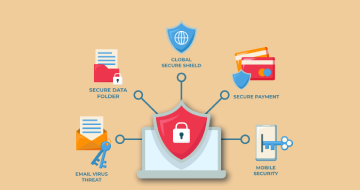



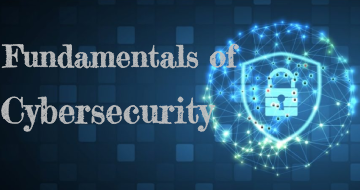
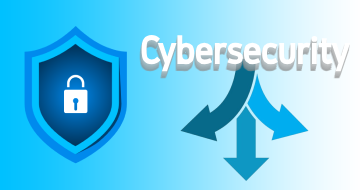

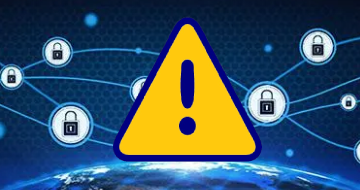





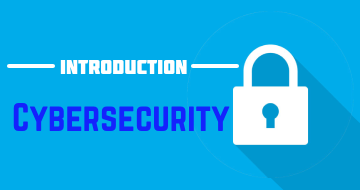

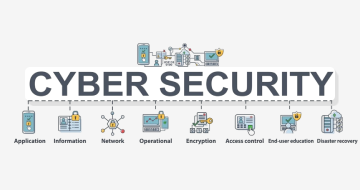


.webp)






